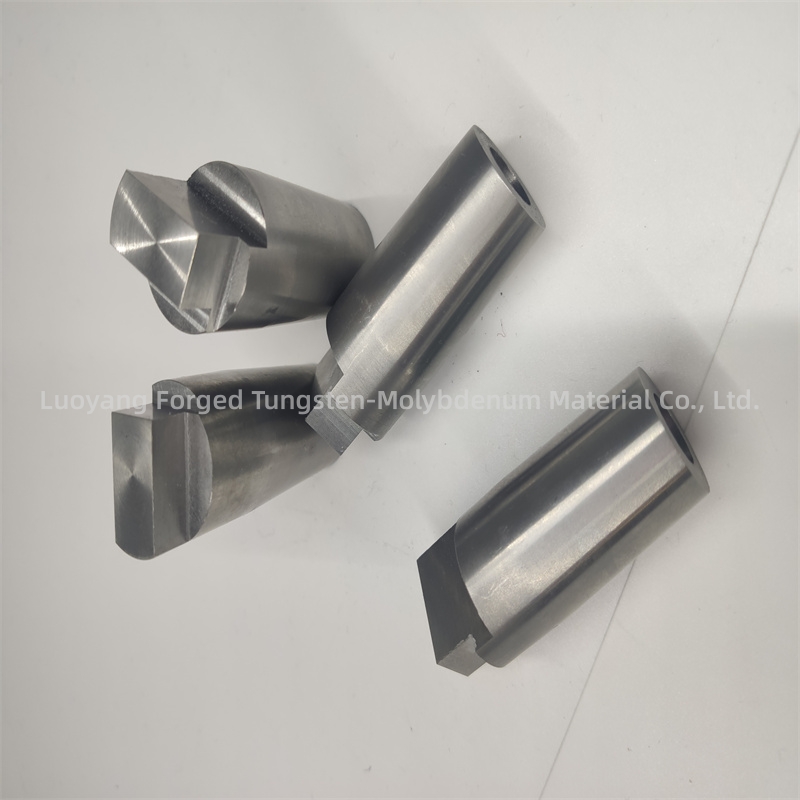Tungsten electrodes are commonly used in tungsten inert gas (TIG) welding and plasma cutting processes. In TIG welding, a tungsten electrode is used to create an arc, which generates the heat needed to melt the metal being welded. Electrodes also act as conductors for the electrical current used during welding. Tungsten electrodes are often favored for their ability to withstand high temperatures and provide stable arc characteristics, making them suitable for a variety of welding applications.
Tungsten is widely used in various applications in the electronics industry. It is commonly used to produce electron emitters and cathodes for electronic equipment such as vacuum tubes, electron guns, and X-ray tubes. Tungsten’s high melting point and good thermal and electrical conductivity make it suitable for these applications. In addition, tungsten and its compounds are used in the production of electrical contacts, heating elements and electronic components due to their high temperature resistance and excellent electrical properties. Overall, tungsten plays a vital role in the electronics industry, helping to improve the performance and reliability of various electronic devices.
Tungsten electrodes are usually manufactured using powder metallurgy processes. Here’s a general overview of the process: Powder production: Tungsten powder is initially produced through a reduction process, usually involving tungsten oxide. The result is a fine tungsten powder. Powder blending: Tungsten powder can be blended with other elements or alloys, such as thorium, cerium or lanthanum, to enhance its performance as an electrode. These alloys improve the electron emission, arcing and stability of the electrode. Pressing: The mixed powder is then pressed into the desired shape using a combination of pressure and adhesives. This process, called compaction, creates the pressed shape of the electrode. Sintering: Compacted tungsten powder is sintered in a high-temperature furnace. During the sintering process, the powder particles bond together to form a strong, dense tungsten electrode with the desired properties and shape. Finishing: Sintered electrodes can undergo further processing, such as grinding, machining or polishing, to achieve the final dimensions, surface finish and geometric accuracy required for their specific application. Overall, the production of tungsten electrodes involves a combination of powder production, mixing, pressing, sintering and finishing processes to create high-quality electrodes for a variety of industrial and commercial applications.
Post time: Dec-26-2023

